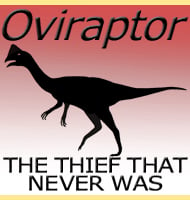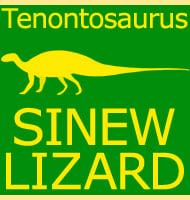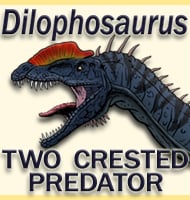Oviraptor
In Depth The dinosaur Oviraptor has a very unfortunate name as it was given to it on the presumption that it stole other dinosaur’s eggs. When the first dinosaur eggs were discovered in Mongolia, they were thought to belong to the herbivorous Protoceratops due to the large number of their remains in the vicinity. Also … Read more


